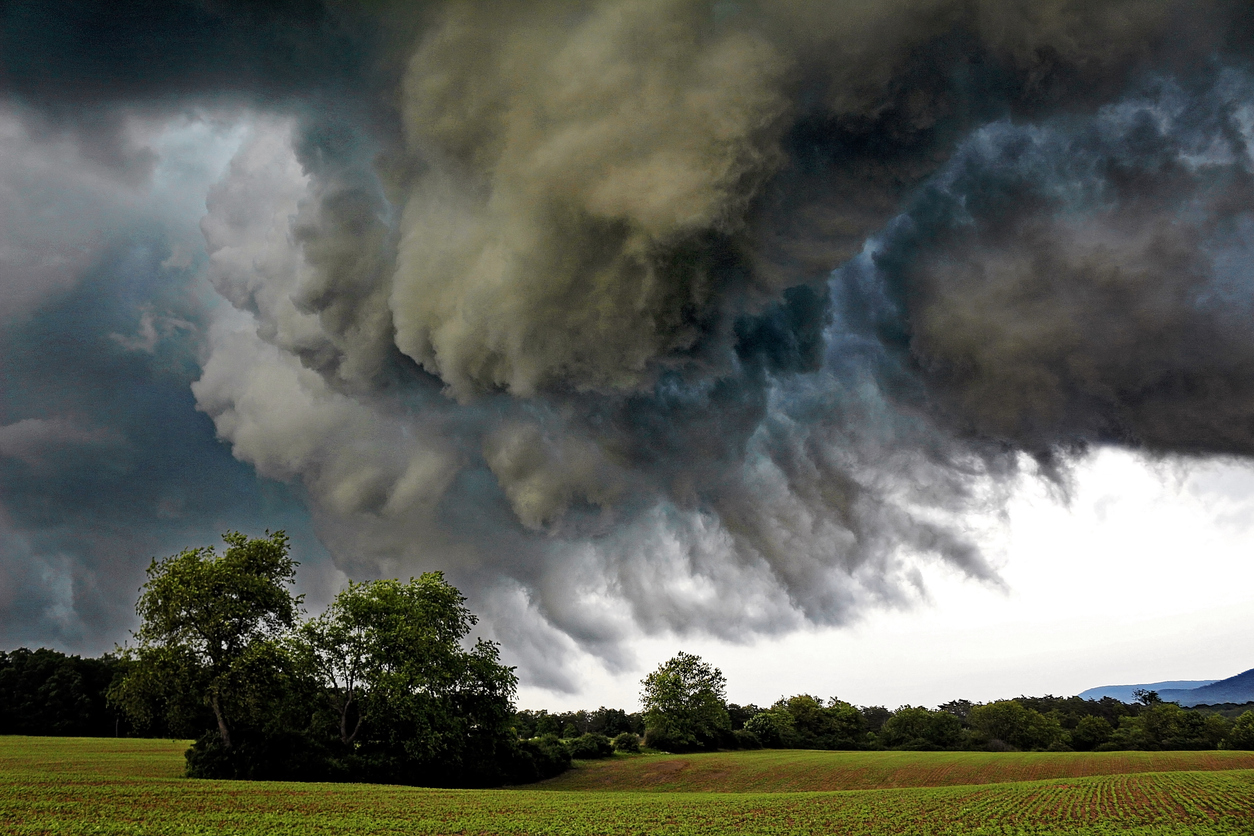During the week of May 14–20, insured losses due to severe weather events across the United States are estimated to be between $4 billion and $7 billion, according to Gallagher Re. These figures underscore a growing and urgent trend: the rising financial toll of secondary perils – non-catastrophic yet high-frequency events such as severe convective storms (SCS), including tornadoes, wind, and hail.
While often classified as “non-catastrophic,” the cumulative impact of these events is forcing both insurers and policyholders to rethink how they assess, price, and prepare for this evolving layer of climate risk.
What Are Secondary Perils?
Secondary perils are weather-related risks that occur more frequently than traditional catastrophes, such as hurricanes or earthquakes, but typically cause less extreme and localized damage. Examples include:
- Hail and windstorms
- Flash floods
- Wildfire smoke and embers
- Winter storms
- Urban flooding
Unlike primary catastrophes, these events often don’t typically trigger reinsurance layers, but they are increasing in severity and cost, making them a leading driver of insurance loss volatility.
The Escalating Cost of “Routine” Weather
The May storm losses are part of a larger pattern. In recent years, severe convective storms have become the most expensive annual natural peril in the U.S., outpacing hurricanes in terms of aggregate losses. According to NOAA’s National Centers for Environmental Information (NCEI), 2024 experienced a record-breaking 27 separate billion-dollar weather events, many of which were hailstorms, derechos, or flooding not traditionally categorized as “catastrophic.”
As a result, insurers are looking at deductible structures for wind and hail, geographic exposure models, and pricing assumptions for commercial property lines (and homeowners).
Insurance Market Implications
With reinsurance capacity tightening and inflation compounding replacement costs, carriers are reexamining how they structure coverage for secondary perils. The impact includes:
- Increased premiums for hail-prone and inland wind regions
- Stricter roof underwriting and age restrictions
- More granular risk segmentation by zip code or block level
- Expansion of named peril deductibles, particularly for hail and wind
Insurers are also investing in more advanced weather modeling and artificial intelligence (AI tools to improve risk selection and forecasting.
How Insureds Should Respond
For businesses, preparation means more than just physical resilience. It also requires understanding policy language and anticipating coverage gaps:
- Review your policy for named-peril exclusions or special deductibles for hail, wind, or flood
- Consider roof condition and construction type, as these increasingly impact insurability
- Ensure business interruption and equipment breakdown coverages are sufficient for SCS scenarios
About Seneca Insurance Company
Seneca Insurance Companies are known for having a broad appetite for writing property risks. We offer admitted and non-admitted ISO-based policies tailored to specific locations and risk characteristics.
